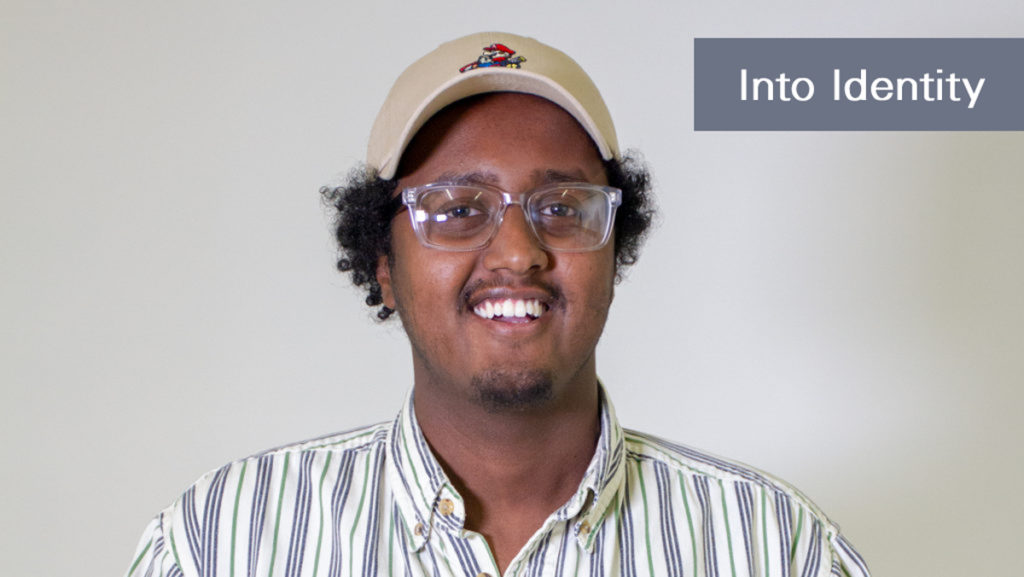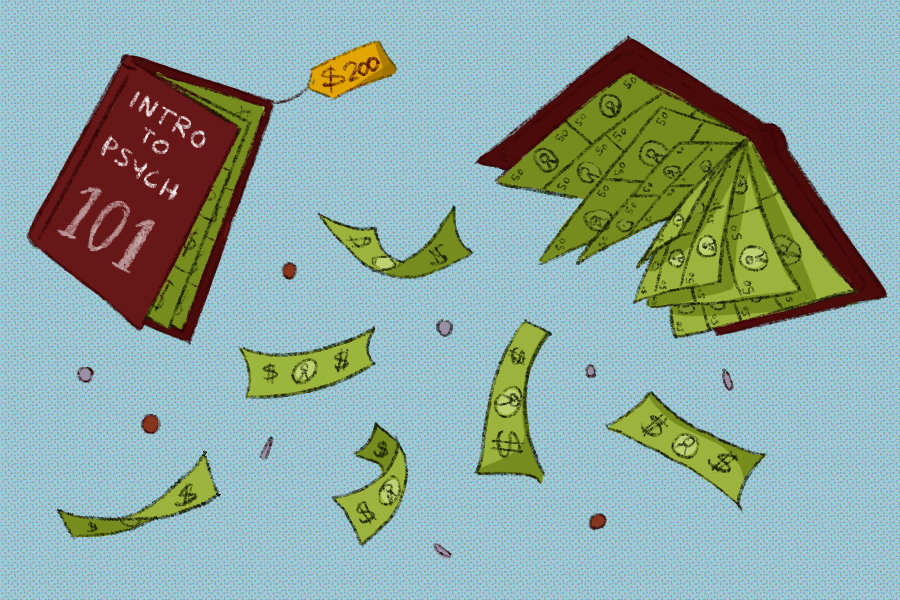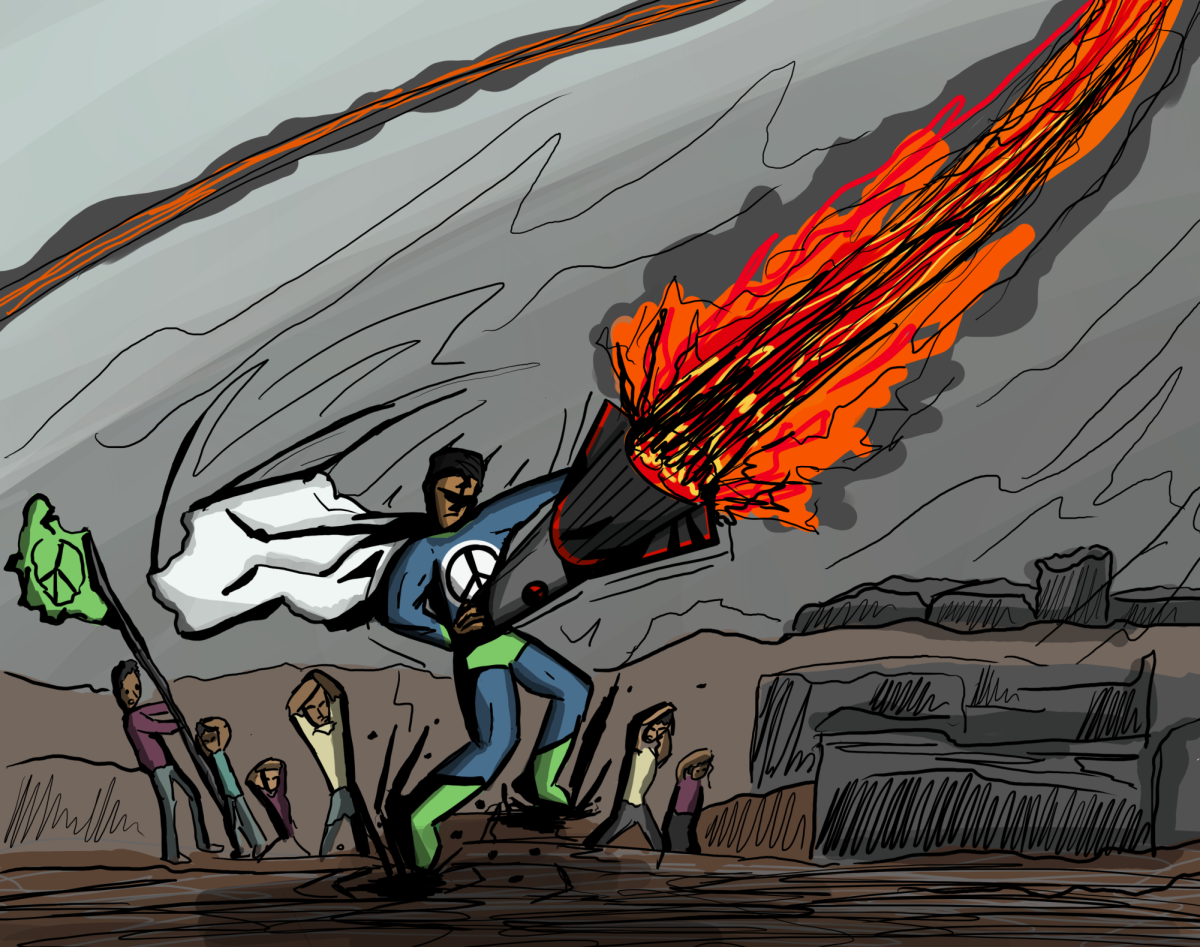Before moving to upstate New York to attend Ithaca College, I spent most of my life in the Twin Cities, the place where the horrific arrest and death of George Floyd occurred. He died at the hands of the brutal Minneapolis Police Department (MPD). The sickening video capturing Floyd’s lethal arrest spread across social media, inspiring a global uprising against police brutality and anti-Black racism.
As I watched all of these events unfold 1,000 miles from my hometown, I thought about the protests that ensued after the fatal shootings of Jamar Clark and Philando Castile. These incidents brought Minneapolis to the national forefront and reignited debates about police brutality. Tragically but predictably, the officers involved in both shootings did not face charges. Clark’s deadly arrest happened near my high school, and authorities stopped Castile across the street from my old job. Even though I wasn’t there to witness the actual events, the close proximity put me in a perpetual state of fight or flight. I felt exceedingly agitated about going to work and school for weeks.
I did not think Floyd’s case was going to become a watershed moment. I also didn’t think this unassuming Midwestern city carried the potential for such an explosion. Before the violent protests, I said to myself, “The brutal indifference to Floyd’s life and the lives of so many other Black men and women in this country will never wake up my fellow Minnesotans, let alone white America.” It was only after seeing numerous Snapchat videos of my favorite neighborhoods, shops and venues being ecstatically annihilated that convinced me an awakening is finally going to happen. These images and videos were extraordinarily triggering because it reminded me of the unrest that led my family to flee Somalia.
What are the conditions that paved the way for these uprisings? Why Minneapolis, of all places? The systemic and brutal oppression of Black people, of course. Next, the incessant visualization of this brutality on our televisions, mobile devices and computer screens. According to The New York Times, the George Floyd video was played over 5,000 times on TV. Lastly, the tremendous psychological strain and economic catastrophe from the worldwide pandemic. This virus exposed just how deeply fragile and precarious America’s cherished institutions are — not only law enforcement. Also, the stomach-churning specificity of Mr. Floyd’s death is important to note. Nearly everyone across the country expressed their absolute disgust at the chillingly heartless police behavior seen in the Floyd video.
This viral clip seriously f—– me up in a way other footage of Black folks being violated hasn’t been able to. It was debilitating to watch this innocent and defenseless man slowly dying and using his final breaths to beg for mercy. Noticing the refusal of the other cops to intervene brought me to tears. Instead of using their authority to stop what’s clearly a violation of their profession, they decided to just watch police officer Derek Chauvin’s casual brutality.
I spoke to a good friend of mine in Minneapolis about the protests and how it changed our city. She said that many positive changes have occurred since the riots, especially concerning the way MPD functions. It has not been entirely dismantled. However, there have been steps to reallocate some of its funding to social services. According to my friend, the destruction caused by the riots, which began during one of the worst weeks of COVID-19, led to a dramatic rise in mutual aid networks. These groups have cropped up all over Minneapolis and provided food, shelter and other services to people who have suffered during the demonstrations and the ongoing COVID-19 pandemic. I was proud of the Twin Cities for not keeping quiet, and I am glad to hear they are doing everything they can to rebuild the city.








